Nara Prefecture | A Land of History and Nature Steeped in Timeless Spirit
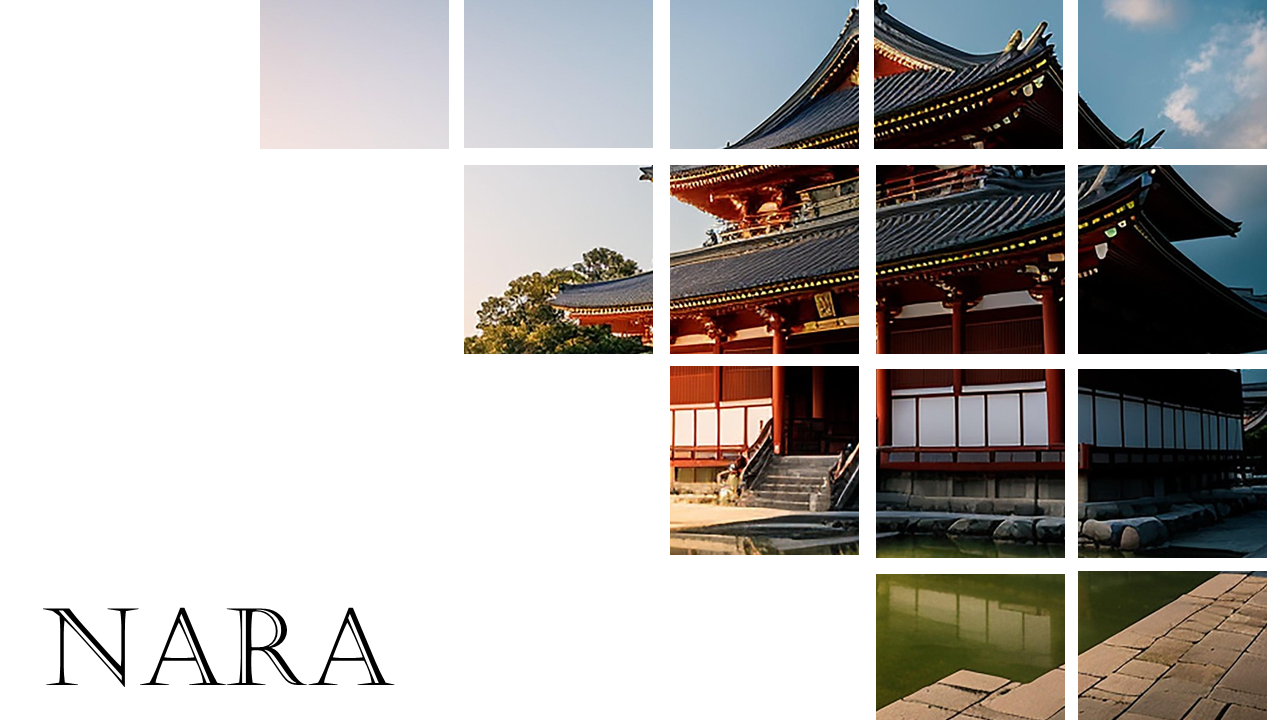
Nara Prefecture | A Land of History and Nature Steeped in Timeless Spirit
Nara Prefecture is often regarded as the birthplace of Japanese history. As the location of Japan’s first permanent capital, it remains a place where traditions and spiritual practices cultivated over 1,300 years continue to live on.
In Nara City, the Great Buddha Hall of Tōdai-ji Temple—one of the world’s largest wooden structures—stands in quiet grandeur. Nearby Nara Park is home to freely roaming deer, considered messengers of the gods. The surrounding area is dotted with historic landmarks such as Kasuga Taisha Shrine and Kōfuku-ji Temple, preserving the elegant atmosphere of the ancient capital.
Nara is also known for its rich natural beauty, including Mt. Yoshino and Mt. Ōdaigahara. Mt. Yoshino is especially famous for its cherry blossoms, and in spring the mountainsides blush pink, creating an ethereal landscape that draws countless visitors.
In the Asuka region, which includes Asuka Village, numerous ancient tombs and the remnants of Japan’s earliest Buddhist culture remain. This area not only holds immense archaeological value but also inspires deep imagination about Japan’s distant past.
Woven together by history, nature, and faith, the landscapes of Nara offer a profound sense of peace to all who visit.
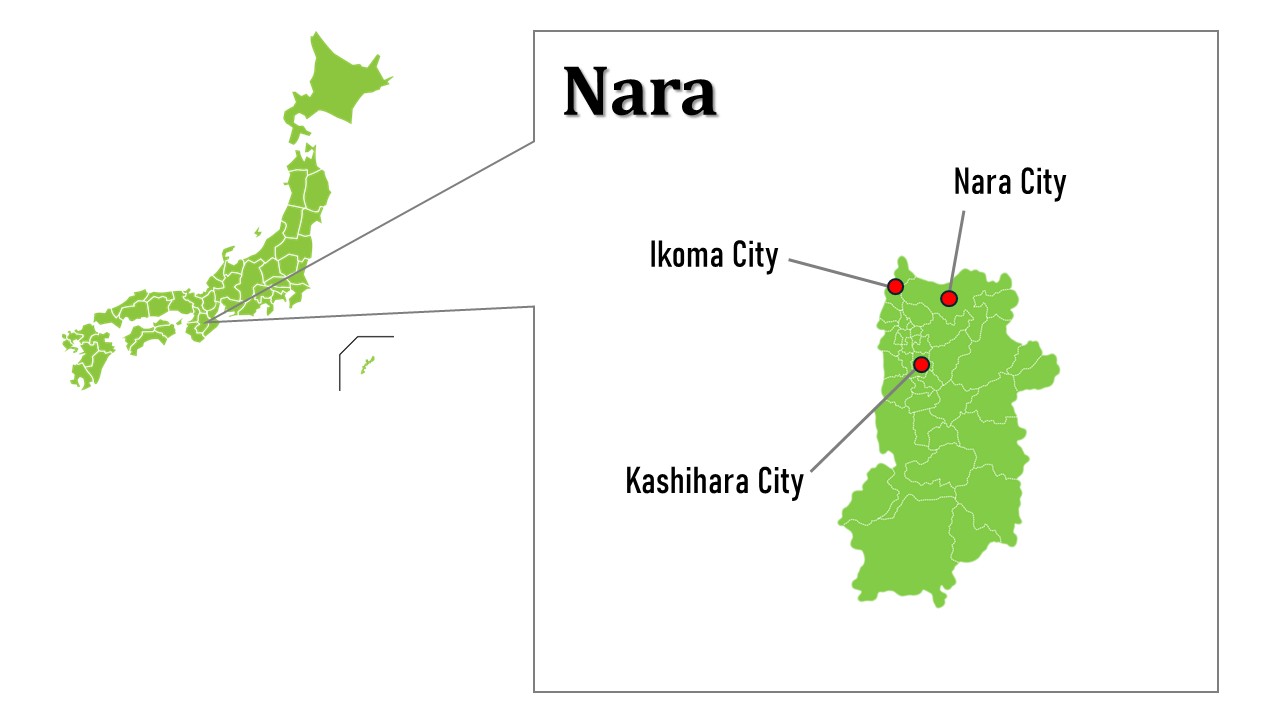
- Nara City
- Nara city
- Kashihara city
- Ikoma city
- Approximately 1.3 million
- Todai-ji Temple
- Kasuga Taisha Shrine
- Nara Park
- Mount Yoshino
- Kaki-no-ha-zushi – persimmon leaf-wrapped sushi
- Miwa-sōmen – Miwa thin wheat noodles
- Takayama chasen (Takayama bamboo tea whisk)
- Nara fude (Nara calligraphy brush)
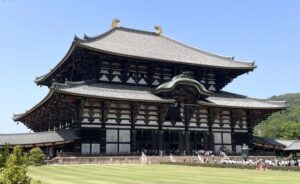
Tōdai-ji Great Buddha Hall in Nara — A historic temple featuring one of the world’s largest wooden buildings and a 15-meter tall Great Buddha statue.
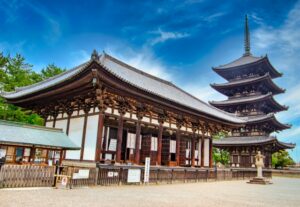
Kōfuku-ji in Nara — A historic temple founded in the Nara period, featuring the Tōkondō Hall and the iconic Five-Story Pagoda.
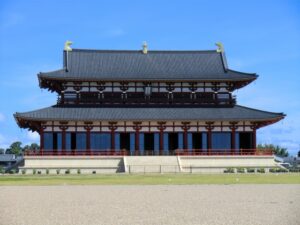
Heijō Palace Site — The historic center of Heijō-kyō, Japan’s ancient capital during the Nara period.
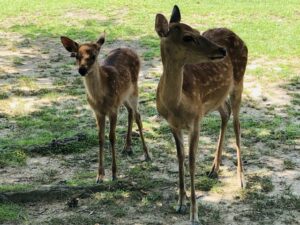
Nara Park — A symbolic sight of Nara, where friendly deer roam freely among visitors.

Hydrangea Corridor — A rainy season tradition, lined with vibrant hydrangea blooms.
